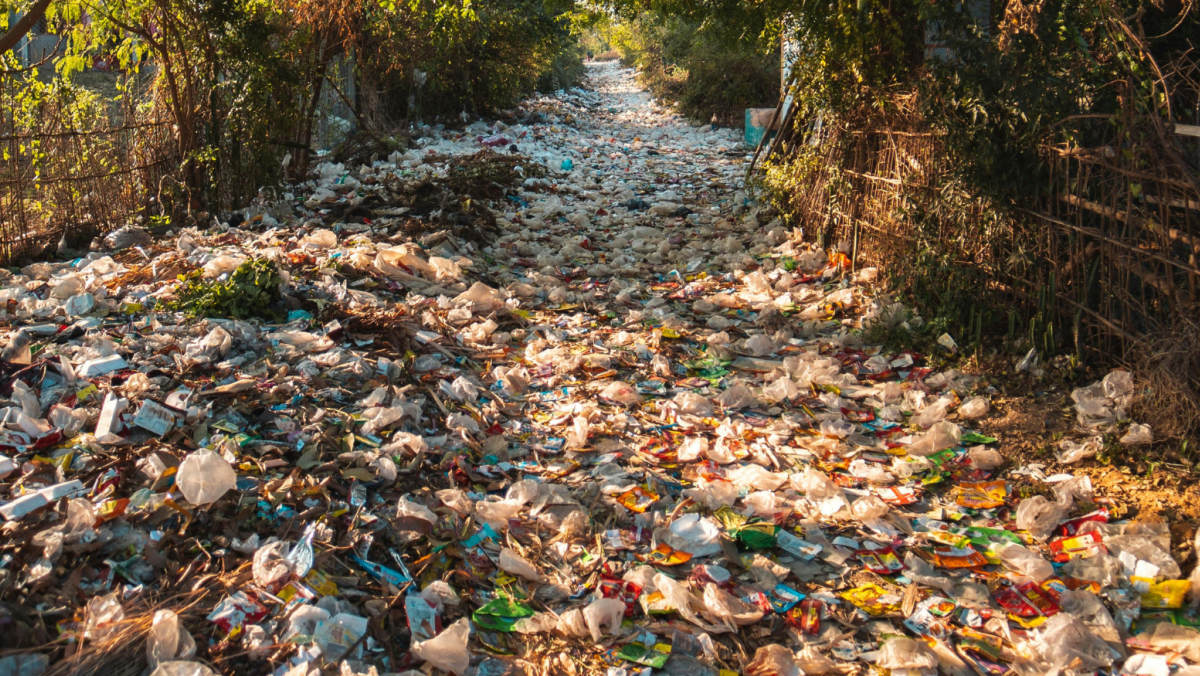
New research from the University of Oxford and Fujian Agriculture and Forestry University, China, has found that the presence of microplastics in the environment increases spread of antibiotic resistance by up to 200 times.
Microplastics, particles less than 5 nanometres long, are ubiquitous in the environment. Microplastics present in the environment are known to act as a platform for bacteria to attach to and exchange genes with their neighbors via plasmids, a process called horizontal gene transfer.
This new research published in Environment International has shown that the presence of microplastics in the mating culture increases the frequency of plasmid conjugation, the movement of plasmids carrying antibiotic resistance genes between bacteria, by up to 200 times compared to control samples with no microplastics.
Researchers used a newly developed culture-independent conjugation method to investigate how four of the most common microplastics (polyethylene, polypropylene, polystyrene and polystyrene terephthalate), at different size and concentrations found in the environment, promote transfer of plasmids. They found that exposure to microplastics increased the frequency of plasmid transfer, with higher microplastic concentrations correlated to higher plasmid transfer rate.
Results showed microplastics modulated bacterial gene expression, specifically for SOS-linked genes, and conjugal genes, which were upregulated. This means DNA exchange between bacteria was promoted in the presence of microplastics by triggering stress related pathways in the bacteria.
Professor Timothy Walsh, Director of Biology, Ineos Oxford Institute for antimicrobial research and co-author of the paper said, “Antimicrobial resistance (AMR) and environmental degradation are existential global health threats. This link between microplastics and AMR is particularly concerning as microplastics pollution will have significant ramifications on controlling the spread of AMR.
“In this study, we took four dominant clinical plasmids with key antibiotic resistant markers, and using a combination of non-culture and soil microbiota extraction conjugation examined the effects of four common microplastics on plasmid transfer. Our study shows that exposure to four commonly found microplastics promotes the conjugation rates of four clinically relevant AMR plasmids by up to 200-fold.
“These findings definitively link two global health emergencies - AMR and environmental degradation via microplastics. Given the lack of global plastic waste governance and the increasing amount of microplastics ubiquitously infiltrating all aspects of human activity, these finding are very concerning. Furthermore, in order to tackle global AMR, we must now concurrently also consider plastic utilisation and waste management.

Dr. Qiu E Yang, Fujian Agriculture and Forestry University, Fuzhou, China, co-author on the paper said, "These findings suggest that not only are microplastics providing a platform for bacteria to attach and exchange genes with their neighbours, but they also play a role in the spread of resistance by impacting bacterial gene expression in natural environments.
Microplastics are a major pollutant of the natural environment, from soil to our oceans. Microplastics smaller than 2.5 nanometres in length can enter the human body and cause harmful effects. Not only are the presence of microplastics a direct concern to human health but their impact on the spread of AMR plasmids across naturally occurring bacterial populations poses additional AMR challenges.”
